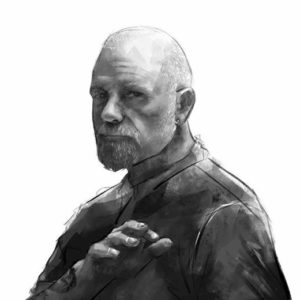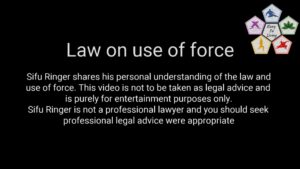This is very much the continuation of last week’s blog, so be sure to read it in conjunction with that.
This week I’m moving way from brain function and into eastern mysticism. For those unfamiliar with how we use these ideas, let me quickly explain. Whether you are looking at the Kabbalah tree of life, the Indian Chakras or the interaction of the Dan Tiens (Tan Diens – Japan) and flow of Chi you are looking at a map. The map does not have to be an analog of the reality it represents. I find it amazing how many people will dismiss such ideas as mystical, but quite happily use the London Underground Map without complaint that real lines aren’t yellow, red or whatever. They use a pie chart, bar graph or flow chart without problem, but take issue with the Ba-Gua, or the Sheng and Ke cycles.
So when I refer to the fifth energy centre, I am not implying that inside your throat is a swirling energy vortex of sky blue light. You can, if you like, see the chakras as a way of understanding historic cultural development, or a map of personal development, or indeed and map of the interrelationships of emotional, intellectual and physiological systems.
Once you get that our emotions, as we experience them are mostly the physiological effect of an unconscious reaction to a, usually, conscious consideration, they start to make more sense. So if asked to describe any emotion, we tend to offer the physiological symptoms as we become aware of them. We might talk about butterflies in the stomach, shaking legs, a full bladder, nausea, heat in the cheeks, etc etc. All these are the physical symptoms of unconscious responses to various things/situations that we are, usually, consciously aware of.
(I say ‘usually’ because it is possible for us to unconsciously respond to some stimulus and then we get an emotional reaction that we can’t explain. Eg. A smell might trigger a memory that has an associated emotion, where the memory is not accessible to your conscious mind. So the process might be hidden from you and all you are aware of is that the smell of tar makes you angry, or the rustle of tissue paper makes you excited. You might not even realize that the smell or sound was the trigger and you are confused by an apparently reasonless emotion.)
Now the throat energy centre is all about the sharing of emotions. It is about letting emotional energy flow. Like water that if left still becomes stagnant, emotional energy that is stored becomes toxic and stinks. The throat is the tap.
If ever you have needed to express a strong emotion, but held it in, your throat hurt. If you have held a strong emotion in for a long time without expressing it, it didn’t loose any of its power. Only when you began talking about the event/situation did you have the full physiological reaction. I’ve seen people share a traumatic experience, that happened decades before, suddenly cry and shake for the first time. What happened? The speaking allowed them to begin processing it. This is essential for them to resolve their trauma and move on. This is also why so often therapists get great results merely by giving clients the opportunity to talk about their significant past experiences. Of course, while talking might be all that is necessary for some issues to be resolved, for some issues it is only the beginning of resolution, but it is a vital beginning.
A word of warning. If you repeatedly talk about a past trauma without the intent of changing your emotional response, it is possible to simply add more upset to the memory with each recounting; recall what we considered last week about the plasticity of memory and how they can be changed with each recollection. A good therapist will encourage a full emotional response to a trauma when it is first recounted, but then begin on work to change the way that memory is stored; changing its emotional content. (See last week’s blog)
In many situations it doesn’t even matter whom you talk to. Friends are cheaper than therapists, but not all friends know how to listen. Your dog or your God, in so far as releasing your suppressed emotions are concerned, can be just as effective. But writing a diary won’t work unless you talk out loud while writing.
One last thought. The first time you talk about an issue, will be the first time you have heard about it, and hearing is different from thinking quietly. You might be surprised at your reaction to things and you might suddenly see things differently and find answers that were hidden before.









